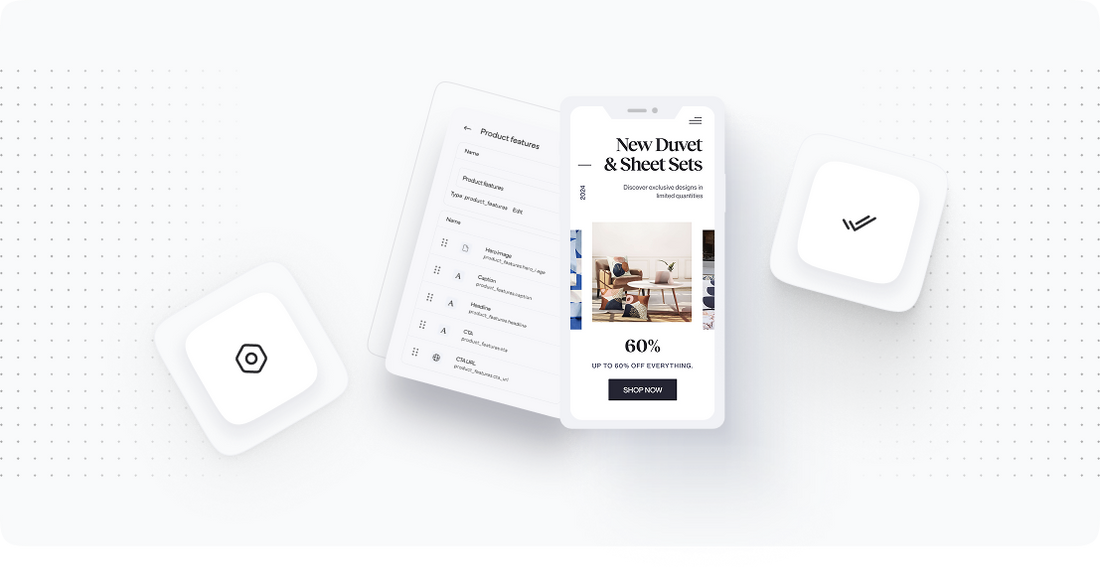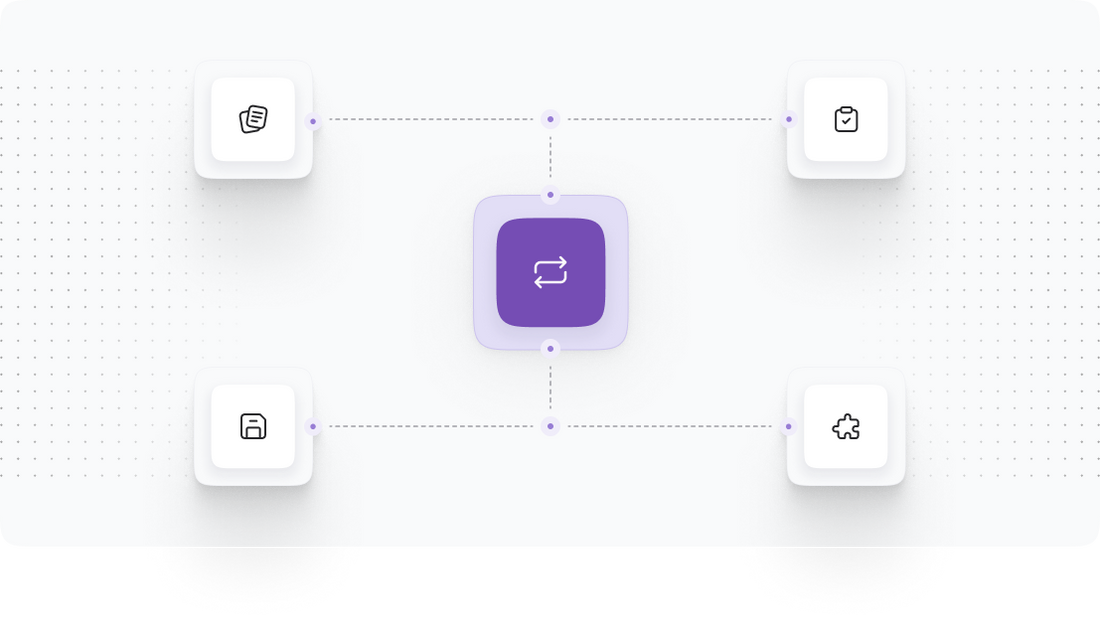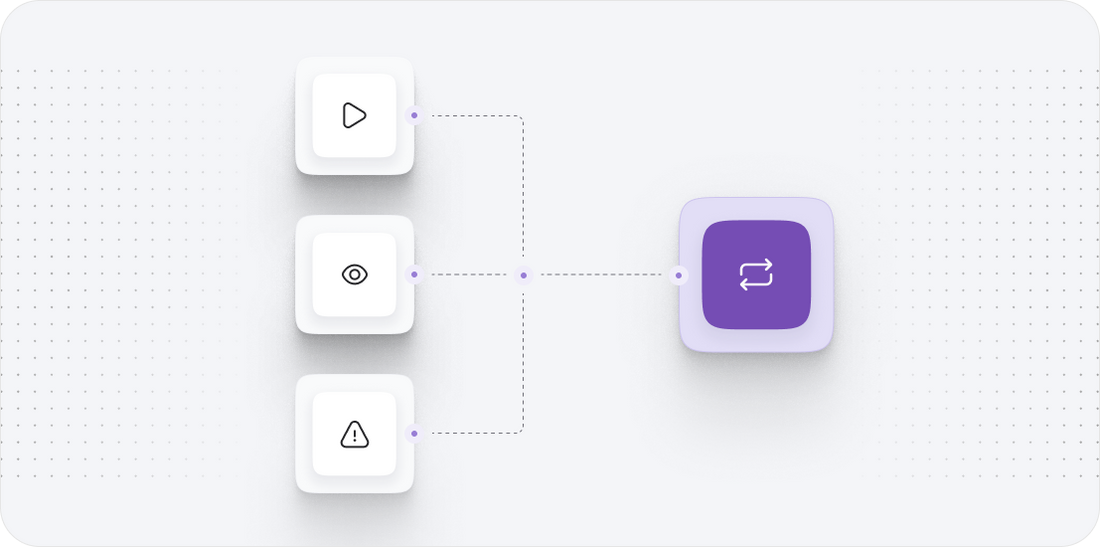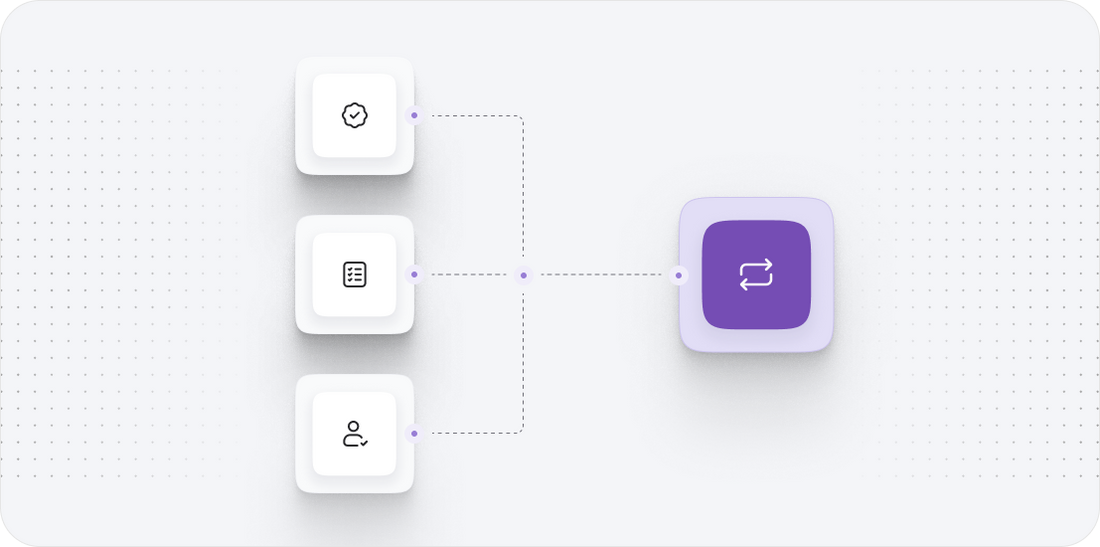





Magento to Opencart
Migrating your store from Magento to Opencart might seem daunting, but with proper planning and the right tools, it's a smooth process. Follow this step-by-step guide to ensure a successful transition.
Schedule a call
Step-by-Step Migration Guide: Magento to OpenCart Migration
Step 1: Prepare Your Magento Store for Migration
In this step, we focus on preparing your Magento store for a smooth migration to OpenCart. This includes backing up your data, reviewing the data to be migrated, and ensuring that your Magento store is in optimal condition for the process.
Step 2: Set Up Your OpenCart Store
Setting up your OpenCart store is vital for ensuring that the migration process goes smoothly. This step involves installing OpenCart, configuring settings, and preparing the environment for data import.
Step 3: Choose the Right Migration Method
Selecting the appropriate migration method is critical for a successful transfer of your data from Magento to OpenCart. This step evaluates whether to use a manual or automated migration approach, along with tools that can facilitate the process.
Step 4: Configure Migration Options
In this step, we outline how to configure migration options tailored to your specific needs, ensuring that you choose the right data entities and settings for a successful transition.
Step 5: Run a Demo Migration
Running a demo migration allows you to test the transfer process without affecting your live stores. This step is crucial for verifying that the migration settings and configurations are correct.
Step 6: Execute Full Migration
Executing the full migration marks the final transfer of your data from Magento to OpenCart. This step requires careful execution to ensure all chosen data is accurately migrated.
Step 7: Post-Migration Cleanup and Verification
Post-migration cleanup is necessary to ensure that your OpenCart store is fully operational and ready for customers. This step covers checking for data integrity, fixing any issues, and optimizing your store for performance.
Power Your Step - Get in Touch
Ready to migrate your store from Magento to OpenCart? Our experts at PowerCommerce are here to assist you with a seamless migration process tailored to your needs.
Step 1: Prepare Your Magento Store for Migration
Preparing your Magento store is crucial before initiating the migration to OpenCart. This preparatory phase aims to back up your existing data and ensure that all necessary components are ready for transfer.
First, we need to create a comprehensive backup of both your Magento files and database. This step is essential to prevent any data loss during the migration process. To back up your Magento data, follow these steps:
- Access Your Hosting Control Panel: Log in to your hosting account and navigate to the control panel.
- Create a Full Backup: Use tools like cPanel to create a full backup of your website files. Ensure that you include all directories, especially app, media, and var.
- Backup the Database: Use phpMyAdmin to export your Magento database. Select the database used by your Magento store, click on the 'Export' tab, choose the 'Quick' export method, and click 'Go' to download the SQL file.
After creating a backup, it’s important to review the data you plan to migrate. Identify which entities--such as products, customers, orders, and reviews--are essential for your OpenCart store. Make a list of these items, as it will guide you during the migration configuration.
Lastly, ensure that your Magento store is free from any errors. Run a health check using Magento's built-in tools or third-party extensions to verify that everything is functioning correctly. This ensures that the migration process will be smooth and efficient.

Step 2: Set Up Your OpenCart Store
Setting up your OpenCart store is a pivotal step in the migration process, as it lays the foundation for the data you will be importing from Magento. Begin by installing the latest version of OpenCart on your hosting server.
Once installed, follow these procedures to set up your OpenCart environment:
- Access Your OpenCart Admin Panel: Navigate to the admin URL you set during installation.
- Configure General Settings: In the admin panel, go to System > Settings. Here, configure your store name, logo, and contact details.
- Install Necessary Extensions: Depending on your business model, you may need to install extensions for payment gateways, shipping methods, and other functionalities. Visit the OpenCart marketplace to find suitable options.
- Set Up Multilanguage and Currency Options: If you plan to operate in multiple languages or currencies, configure these under System > Localisation. This step ensures your store is ready for international customers.
Once your OpenCart store is set up, conduct a preliminary test to ensure that everything is functioning as intended. Check the frontend to ensure that it is accessible and that essential features are operational.

Step 3: Choose the Right Migration Method
Choosing the right migration method is essential for ensuring a smooth transition of data from Magento to OpenCart. There are two primary approaches: manual migration and automated migration.
Manual Migration: This approach involves exporting data from Magento and importing it into OpenCart manually. While this method provides more control over the data being transferred, it can be time-consuming and requires a solid understanding of both platforms. Here’s how to conduct a manual migration:
- Export Data from Magento: Use phpMyAdmin to export relevant data tables (such as products, customers, and orders) as CSV or SQL files.
- Format Data for OpenCart: Ensure that the exported data is structured in a way that OpenCart can read. This may involve creating compatible CSV files according to OpenCart's import specifications.
- Import Data to OpenCart: Use the built-in import feature in OpenCart to upload your formatted CSV files.
Automated Migration: Utilizing a migration tool like Cart2Cart can significantly simplify the process. This tool automates the data transfer, ensuring accuracy and efficiency. Here’s how to proceed with automated migration:
- Create an Account: Sign up for a Cart2Cart account and choose the Magento to OpenCart migration service.
- Configure Migration Settings: Input your Magento and OpenCart store details, and select the data entities you wish to migrate.
- Run Demo Migration: Test the migration process with a demo to preview how data will be transferred without affecting your live stores.
- Launch Full Migration: Once satisfied with the demo results, initiate the full migration, allowing the tool to handle the data transfer efficiently.
Evaluate both methods based on your technical expertise, time constraints, and the complexity of data. For most users, especially those less familiar with technical processes, automated migration is the recommended path.

Step 4: Configure Migration Options
Configuring migration options is a crucial step that determines how your data will be transferred from Magento to OpenCart. It allows you to customize the migration process according to your specific requirements.
Here’s how to configure your migration options effectively:
- Select Data Entities: Choose which data entities you want to migrate. Common options include:
- Products
- Categories
- Customers
- Orders
- Reviews
- Preserve IDs: Decide whether to retain original IDs for products, orders, and customers in OpenCart. This can be important for maintaining continuity in your records.
- Migrate Passwords: Ensure that the option to migrate customer passwords is selected, allowing your users to log in to OpenCart without needing to reset their passwords.
- Handle SEO URLs: Choose whether to migrate SEO-friendly URLs to maintain search engine rankings and avoid 404 errors post-migration. This step is vital for preserving your store's visibility on search engines.
Review your selections carefully, as these options will directly impact the outcome of the migration. Once satisfied with your configurations, proceed to the next step.

Step 5: Run a Demo Migration
Running a demo migration is a vital phase in the migration process, allowing you to preview how your data will be transferred without any impact on your live stores. This preliminary step helps identify any issues before the full-scale migration.
Follow these steps to run a demo migration:
- Log in to Your Migration Tool Account: Access your Cart2Cart account where you set up the migration.
- Select Demo Migration: Choose the 'Demo Migration' option to initiate the process. This will let you transfer a limited amount of data, giving you an overview of what to expect.
- Monitor the Process: Watch the migration tool as it transfers the selected data entities. Pay close attention to any notifications or errors that might arise during this process.
- Review the Results: Once the demo migration is complete, log in to your OpenCart store to review the migrated data. Check for accuracy in product details, customer information, and order history.
Evaluate the demo results thoroughly. If everything appears correct, you can confidently move on to the full migration. If you encounter any issues, take time to adjust your configurations before proceeding.

Step 6: Execute Full Migration
After successfully running a demo migration and confirming that all settings are accurate, it’s time to execute the full migration. This phase involves transferring your complete dataset to OpenCart, which will be your new operational platform.
Here’s how to execute the full migration:
- Log Back into Your Migration Tool Account: Return to your Cart2Cart account and select the full migration option.
- Confirm Migration Settings: Review your selected data entities, ensure that all options are set as desired, including preserving customer passwords and handling SEO URLs.
- Start the Migration Process: Initiate the full migration. This process may take some time depending on the amount of data being transferred, so be patient.
- Monitor Progress: Keep an eye on the migration process. The tool will provide updates on the status of the transfer, including any issues that may arise.
Once the migration is complete, you will receive a notification from the migration tool. It’s crucial to check your OpenCart store thoroughly to ensure that all data has been migrated accurately and that the functionality of the store is intact.

Step 7: Post-Migration Cleanup and Verification
After migrating your data from Magento to OpenCart, the next step is to conduct a thorough post-migration cleanup and verification process. This ensures that your new store operates smoothly and that all data is accurate.
Follow these crucial steps:
- Verify Data Integrity: Check that all migrated data--products, customers, orders, and reviews--are complete and accurate. Cross-reference with your original Magento data to ensure consistency.
- Test Store Functionality: Navigate through your OpenCart store to test various functionalities such as product browsing, cart operations, and checkout processes. Ensure that everything is working as intended.
- Fix Any Issues: If you encounter any discrepancies or issues, address them promptly. This may involve manually editing product details, fixing broken links, or adjusting settings.
- Optimize for Performance: Consider implementing optimizations such as caching solutions, image compression, and SEO enhancements to improve store performance and user experience. This step is essential for ensuring fast load times and efficient operation.
Once you have completed these steps and are satisfied with the performance of your new OpenCart store, you can officially launch it to your customers. Ensure you communicate any changes to your customers, especially regarding login information if passwords were migrated.

Power Your Step - Get in Touch
If you're ready to take the next step in your ecommerce journey and migrate from Magento to OpenCart, our team at PowerCommerce is here to help. We specialize in providing expert support for all your migration needs, ensuring a smooth and efficient transition.
Contact us today! Our dedicated team is available to answer any questions you may have and to assist you in planning your migration. Here’s how you can reach us:
- Visit our contact page: PowerCommerce Contact Form
- Call us directly at 800-099-9090
- Email us at info@powercommerce.com
Don’t wait any longer--empower your ecommerce business with a seamless migration. Our experts are ready to provide you with the guidance and support you need to succeed!
Stay aligned on what's happening in the commerce world
Trusted by 1000+ innovative companies worldwide
Schedule Your Migration Today
For businesses prioritizing simplicity, scalability, and robust support, Shopify is the clear winner.
Looking to migrate without hassle? Power Commerce can handle the entire process, ensuring smooth data transfer, store setup, and post-launch success.
Marka Marulića 2, Sarajevo, 71000 BiH
00387 60 345 5801
info@powercommerce.com
